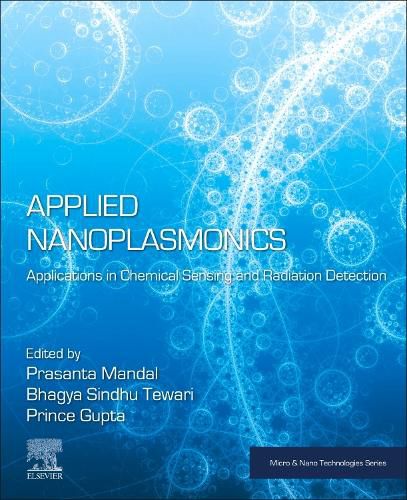Readings Newsletter
Become a Readings Member to make your shopping experience even easier.
Sign in or sign up for free!
You’re not far away from qualifying for FREE standard shipping within Australia
You’ve qualified for FREE standard shipping within Australia
The cart is loading…






Applied Nanoplasmonics: Applications in Chemical Sensing and Radiation Detection dives into the world of plasmonics and its various applications in modern technology. It covers fundamental concepts, detailed nanofabrication methods for creating plasmonic and photonic structures, computational modeling, and practical uses. Notable advancements like plasmonic SERS chemical sensing, absorbing metamaterials, and plasmonic tweezers are comprehensively discussed, bridging the gap between theoretical understanding and practical implementation. In addition to fundamentals, the book reviews surface plasmons and their dispersion, excitation techniques, nanofabrication, and applications in solar energy, radiation sensing, photodetection, and opto-electronic devices.
The chapter on SPASER examines its core principles and limitations, making the book an essential reference for researchers in this multidisciplinary field.
$9.00 standard shipping within Australia
FREE standard shipping within Australia for orders over $100.00
Express & International shipping calculated at checkout
Applied Nanoplasmonics: Applications in Chemical Sensing and Radiation Detection dives into the world of plasmonics and its various applications in modern technology. It covers fundamental concepts, detailed nanofabrication methods for creating plasmonic and photonic structures, computational modeling, and practical uses. Notable advancements like plasmonic SERS chemical sensing, absorbing metamaterials, and plasmonic tweezers are comprehensively discussed, bridging the gap between theoretical understanding and practical implementation. In addition to fundamentals, the book reviews surface plasmons and their dispersion, excitation techniques, nanofabrication, and applications in solar energy, radiation sensing, photodetection, and opto-electronic devices.
The chapter on SPASER examines its core principles and limitations, making the book an essential reference for researchers in this multidisciplinary field.